Discover how working with a financial planner can make a big difference in your investing journey. Learn about investing through our beginner's guide to top investment blogs.
For many, investing seems like a daunting venture. Navigating through the intricacies of the financial world can be overwhelming, especially when you're just starting out. But beyond the stock market fluctuations and intricate charts, it's essential to grasp your financial aspirations.
Warren Buffett wisely said, “Don't save what is left after spending, but spend what is left after saving.” This highlights the importance of financial planning and goal setting when it comes to investing.
As emphasized by Jeff Motske, CFP® at Trilogy Financial Services, understanding your financial “why” is just as pivotal. Are you eyeing retirement? Or maybe that dream home or a new startup? These goals should shape your long term investment journey.
To help beginners transition into the investment realm, here's a two-fold strategy:
1. Consult a Financial Planner or Advisor
Engaging with a financial planner or advisor is akin to having a personalized coach for your financial journey. Just as you wouldn't start an intense workout regimen without gauging your physical limits, investing without a clear vision of your financial goals and investment decisions is risky.
A financial planner will assist in evaluating your risk tolerance—an essential element in devising an investment strategy. As Peter Lynch, a renowned investor, once remarked, “Know what you own, and know why you own it.” This stresses how important it is to be informed and understand one's investments.
2. Discover the Top Investment Blog Posts for Beginners
In Personal Finance, staying on top of your investment portfolio starts with understanding continuous learning is a key ally in the world of investments. Here are some top investment blogs for beginner investors that can offer invaluable insights:
- Investopedia: A comprehensive platform offering a plethora of articles, tutorials, and educational content on finance and investment.
- The Motley Fool: A trusted source renowned for its stock recommendations and investment advice, catering to both novices and seasoned investors.
- Seeking Alpha: A blend of free and premium content, providing in-depth research, articles, and analyses on various stocks and investment strategies.
- BiggerPockets: The go-to resource for real estate investment enthusiasts, packed with guides, resources, and community discussions.
- NerdWallet's Investing Section: Simplifies complex investment topics, making them digestible for beginners.
- Nasdaq News + Insights: Get insights from a big stock exchange. Covers market trends, stock market news & analysis, and investment strategies.
- Morningstar: This blog is a trusted source for investment research. It provides analysis, ratings, and information on stocks, mutual funds, and ETFs. This makes it important for both new and experienced investors.
Conclusion
Stepping into the investment arena can evoke a mix of emotions. But as you start investing with a clear understanding of your financial goals, expert advice, and regular insights from top investment blogs for beginners, you're on a solid path.
As Benjamin Graham, known as the “father of value investing,” once said, “The individual investor should act consistently as an investor and not as a speculator.”
At the end of the day it's important to ensure you make informed, strategic investing over impulsive decisions. Check out how to avoid Mistakes When Choosing a Financial Planner in our other blog post.
Keen on diving deeper into investing? Connect with our top financial planners or explore more articles on our investment blogs for investment strategies.

